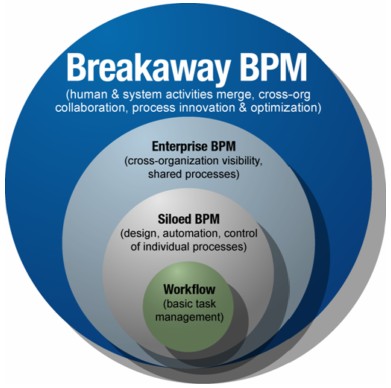Now that I’ve been disconnected from the fire hose of information that was Mashup Camp, I’ve had a bit of time to reflect on what I saw there.
Without doubt, this is the future of application integration both on the public internet and inside the enterprise. But — and this is a big but — it’s still very embryonic, and I can’t imagine seriously suggesting much of this to any CIO that I know at this point, since they all work for large and fairly conservative organizations. However, I will be whispering it in their ears (not literally) over the coming months to help prepare them for the new world (dis)order.
From an enterprise application integration perspective, there’s two major lessons to be learned from Mashup Camp.
First, there’s a lot of data sources and services out there that could be effectively combined with enterprise data for consumption both inside and outside the firewall. I saw APIs that wrap various data sources (including very business-focused ones such as Dun + Bradstreet), VOIP, MAPI and CRM as well as the better-known Google, Yahoo! and eBay APIs. The big challenge here is the NIH syndrome: corporate IT departments are notorious for rejecting services and especially data that they don’t own and didn’t create. Get over it, guys. ThereÂs a much bigger world of data and services than you can ever build yourself, and you can do a much better job of building the systems that are actually a competitive differentiator for you rather than wasting your time building your own mapping system so that you can show your customers where your branches are located. Put those suckers on Google maps, pronto. This is no different than 1000’s of other arguments that have occurred on this same subject over the years, such as “donÂt build your own workflow system” (my personal fave), and is no different than using a web service from a trusted service provider. Okay, maybe it’s a bit different than dealing with a trusted service provider, but I’ll get to the details of that in a later post on contracts and SLAs in the world of mashups.
Second, enterprise IT departments should be looking at the mechanics of how this integration takes place. Mashup developers are not spending millions of dollars and multiple years integrating services and data. Of course, theyÂre a bit too cavalier for enterprise development, typically eschewing such niceties as ensuring the legality of using the data sources and enterprise-strength testing, but there’s techniques to be learned that can greatly speed application integration within an organization. To be fair, many IT departments need to put themselves in the position of both the API providers and the developers that I met at MashupCamp, since they need to both wrap some of their own ugly old systems in some nicer interfaces and consume the resulting APIs in their own internal corporate mashups. I’ve been pushing for a few years for my customers to start wrapping their legacy systems in web services APIs for easier consumption, which few have adopted beyond some rudimentary functionality, but consider that some of the mashup developers are providing a PHP interface that wraps around a web service so that you can develop using something even easier: application integration for the people, instead of just for the wizards of IT. IT development has become grossly overcomplicated, and itÂs time to shed a few pounds and find some simpler and faster ways of doing things.



